Lingang, Reimagined: Why Global Capital Is Flowing to This Edge of the East China Sea
本文包含AI辅助创作内容
Over the past year, Lingang has quietly transformed from a domestic policy zone into a magnet for global institutions. With Temasek's life sciences fund, Allianz's new Asia-Pacific headquarters, and the footprints of Swire, CapitaLand, GIC, and Moody's, this once-fledgling district of Shanghai is now drawing attention from the world's financial and strategic investors.
But this is not a story of hype. It's one of long-term design and structural readiness.
The Architecture of Openness: A System Built to Attract
Unlike conventional free trade zones, Lingang operates more like a sandbox for next-generation global operations. Think of it less as an extension of Shanghai and more as a peer to Canary Wharf or Marina Bay, engineered from the ground up to support the flows of capital, data, goods, and ideas.
Its institutional edge is compelling:
Corporate income tax reduced to 15%for eligible sectors;
Free Trade (FT) accounts with multi-currency clearing functions;
Legal frameworks supporting two-way cross-border data transfers—particularly crucial in finance, healthcare, and smart manufacturing.
In short, Lingang isn't just rolling out red carpets. It's laying down the fiber optics, legal codes, and financial rails global firms require to operate with confidence.

Infrastructure as Strategy: Building an Operating System for Enterprises
What international companies need isn't just land—it's capability. Lingang is evolving into a turnkey platform for business operations, complete with regulatory clarity, legal recourse, and digital infrastructure.
Highlights include:
A satellite platform of the Shanghai Data Exchange focused on secure data flows;
Seamless integration of customs, bonded R&D, and offshore trade mechanisms;
In-progress initiatives such as cross-border arbitration centers and a “sandbox regime” for AI-driven industrial solutions.
Together, these form an operational basecamp from which MNCs can scale—not just within China, but across Asia.
From Entry Point to Command Center
The narrative is shifting. Lingang is no longer just a “gateway into China.” Increasingly, it's where global firms are coordinating their entire Asia-Pacific strategies.
Allianz's relocation signals more than geographic preference; it's a bet on long-term regional asset management and insurance growth;
Swire and CapitaLand's logistics and smart industrial investments signal a pivot from property to platform;
GIC's innovation fund points to early positioning in the next wave of smart manufacturing and data technology.
It's a quiet but telling evolution—from market access to market orchestration.
A New Urban Blueprint from the East?
At a time when many Western cities struggle with legacy infrastructure and fragmented regulation, Lingang presents a compelling alternative: a city district purpose-built for the next economy.
Not a finished product, but an open format.
Not a monument, but a launchpad.
And that may be exactly why the world is watching.








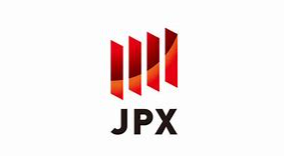
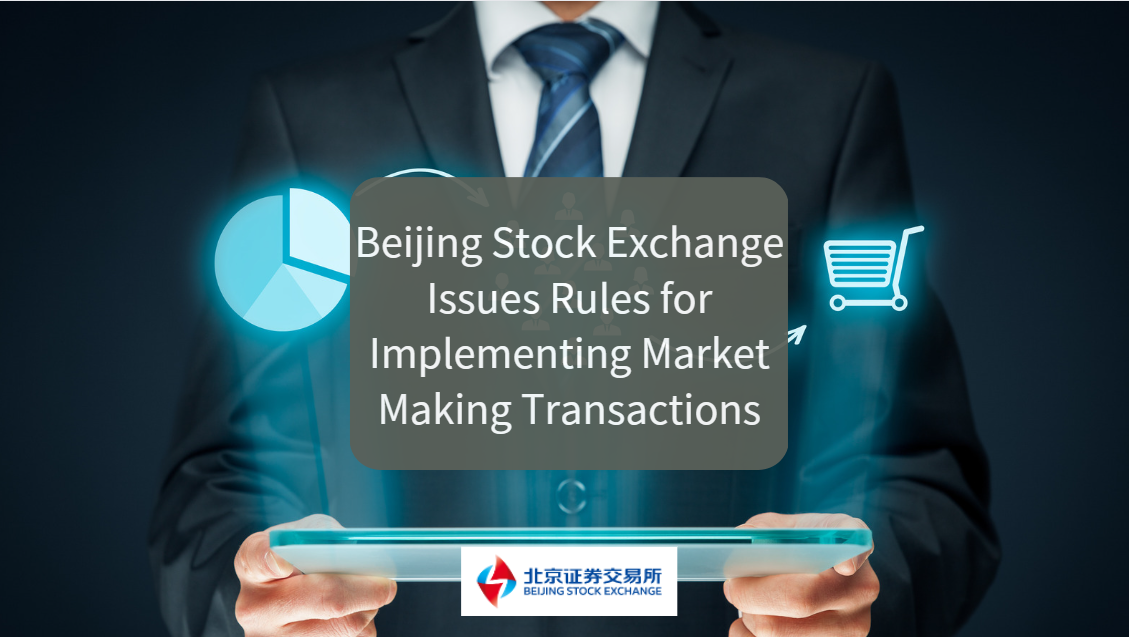
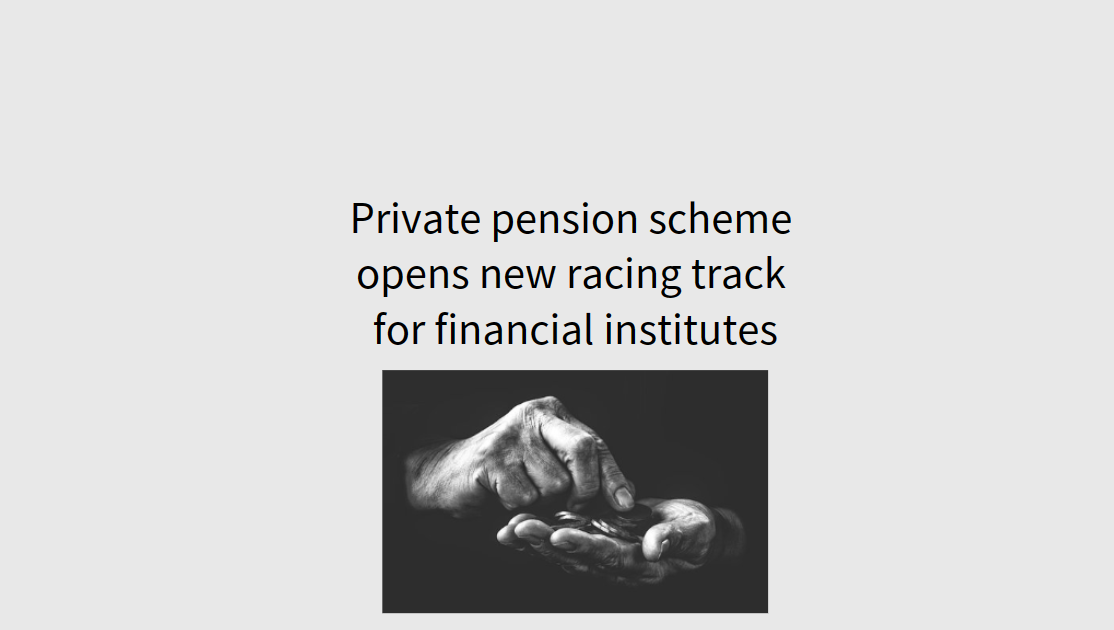

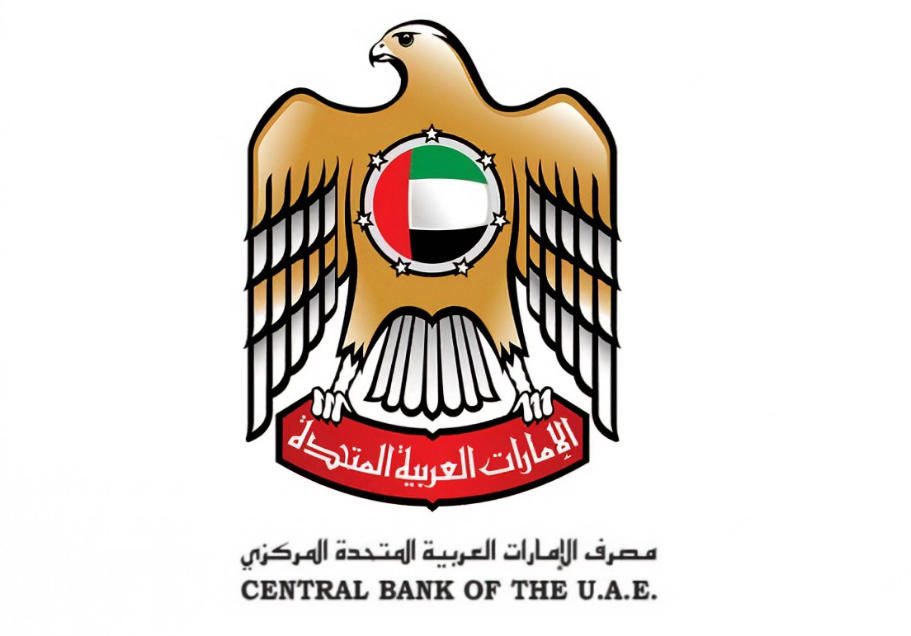
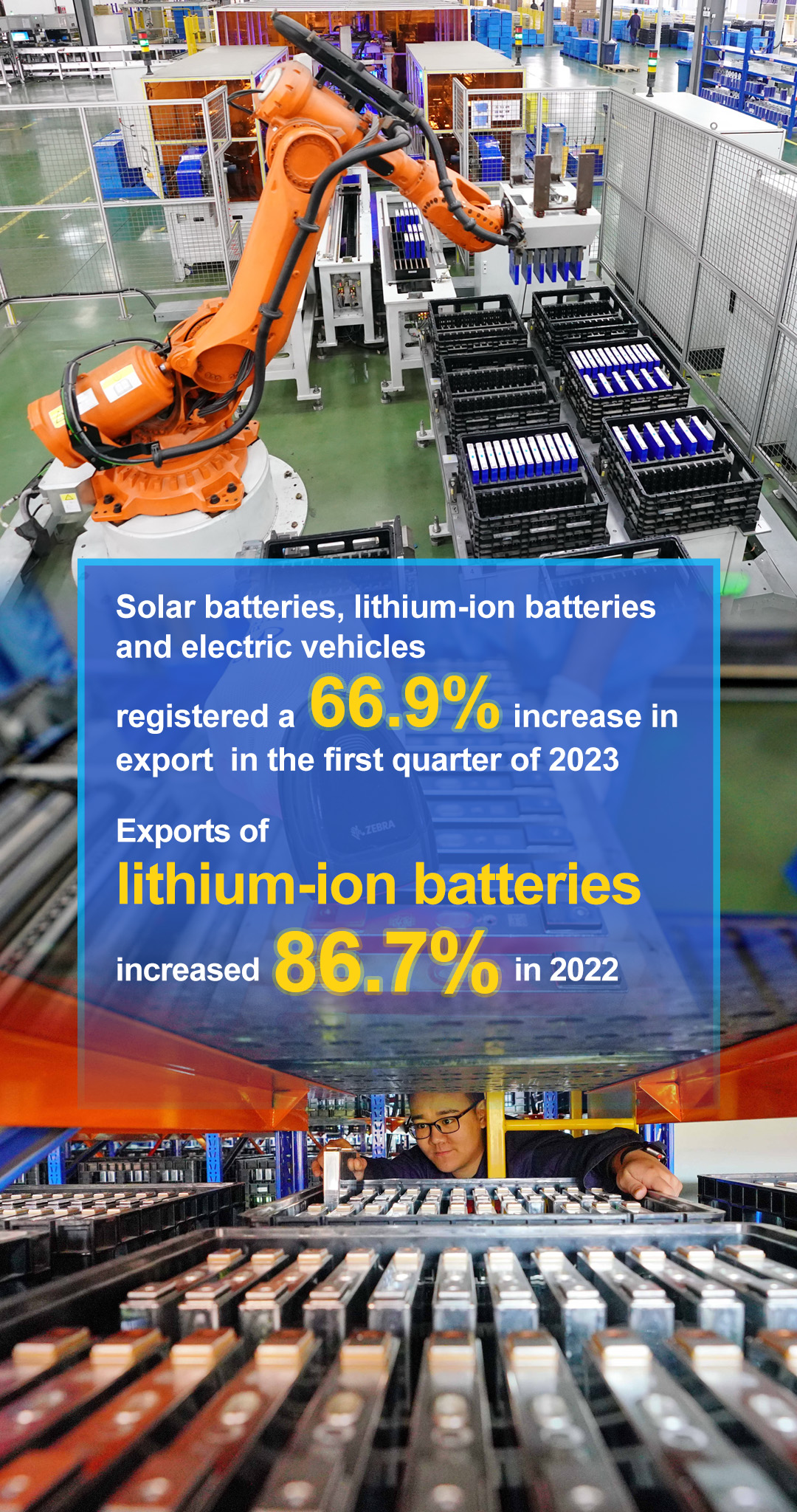

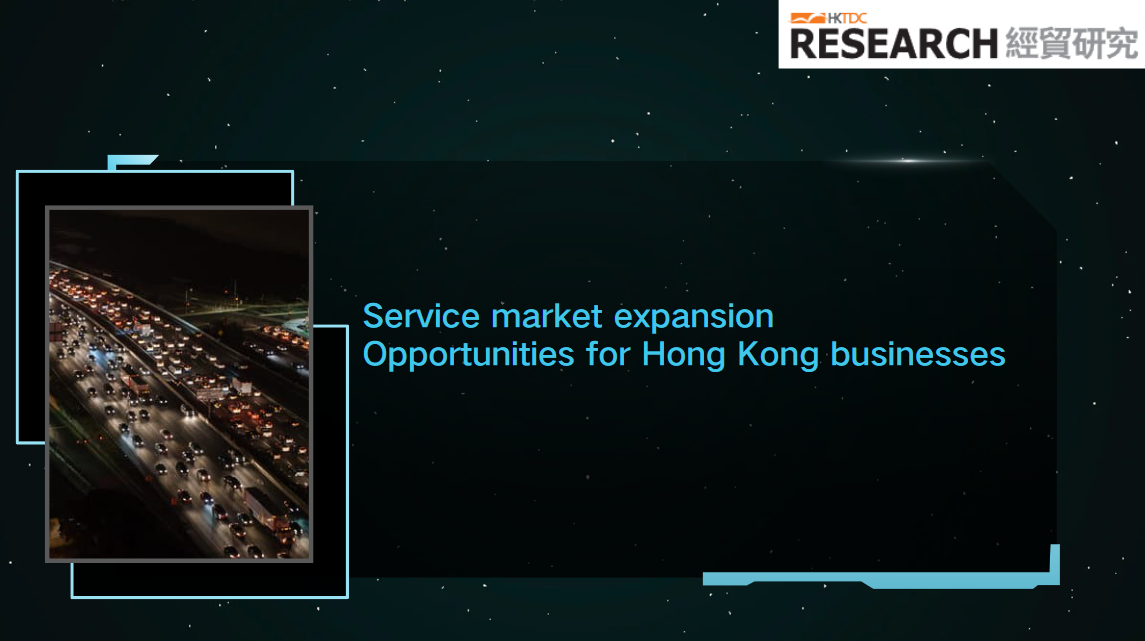

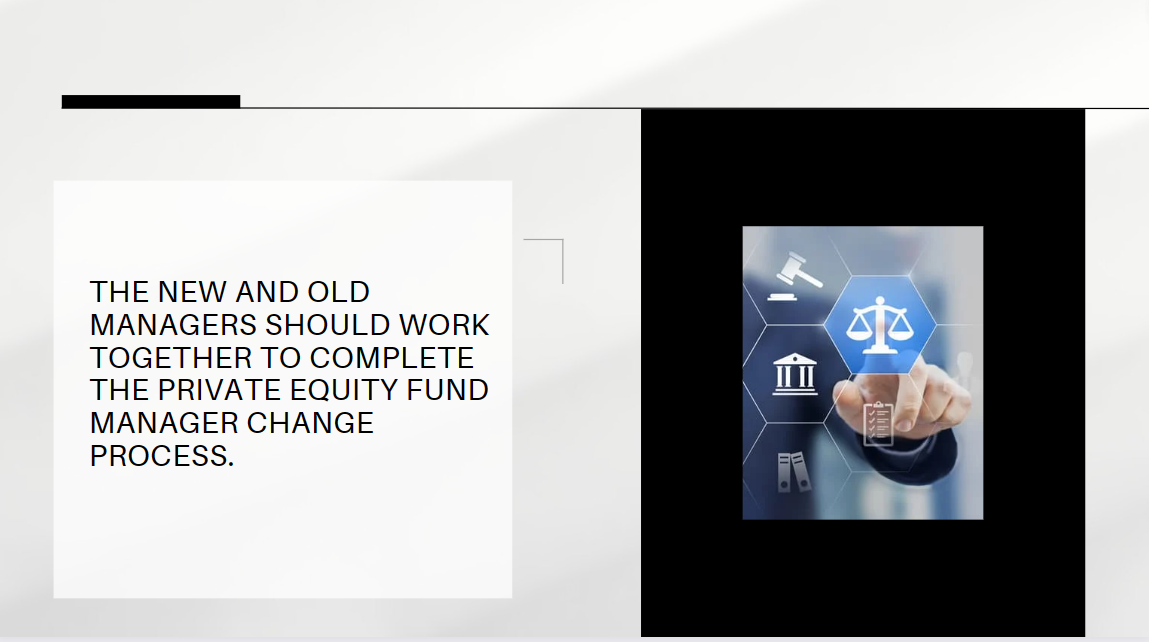

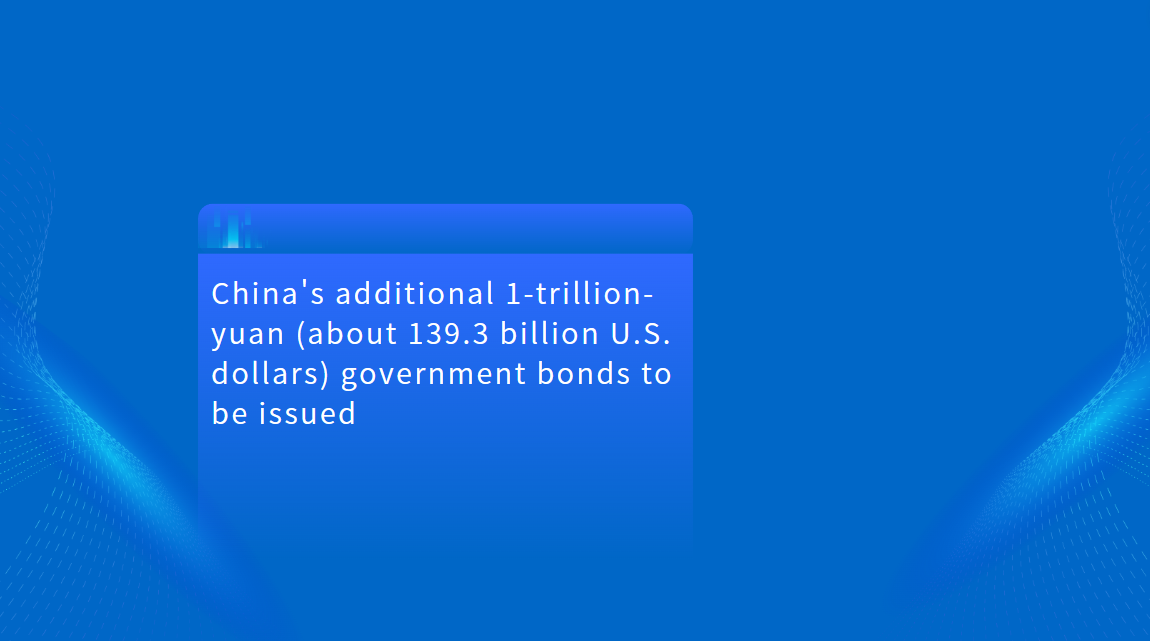
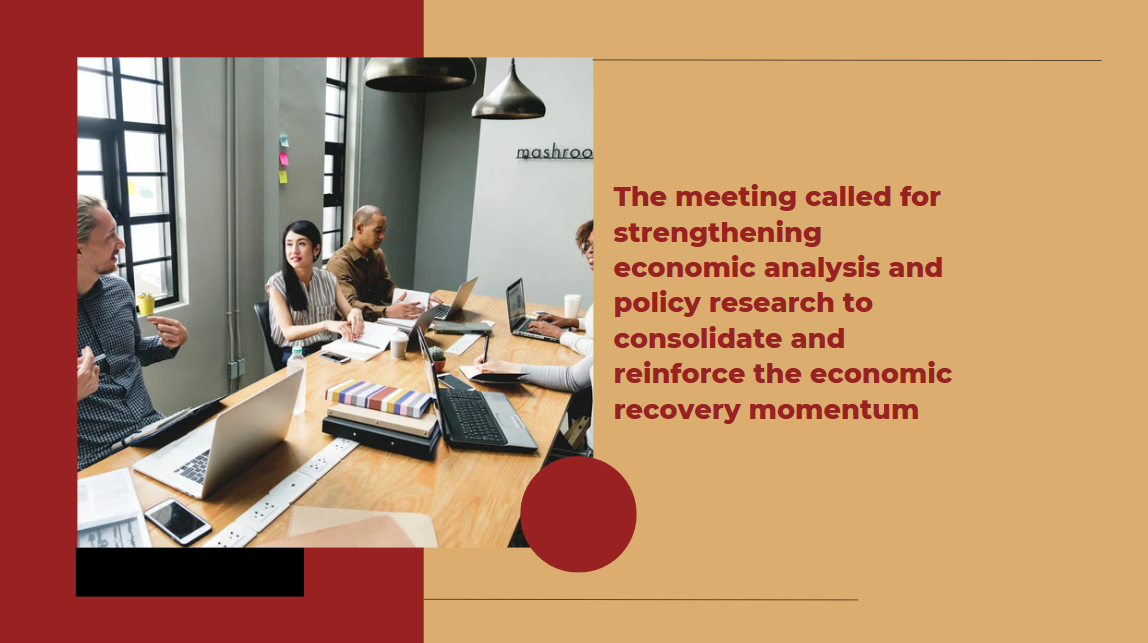

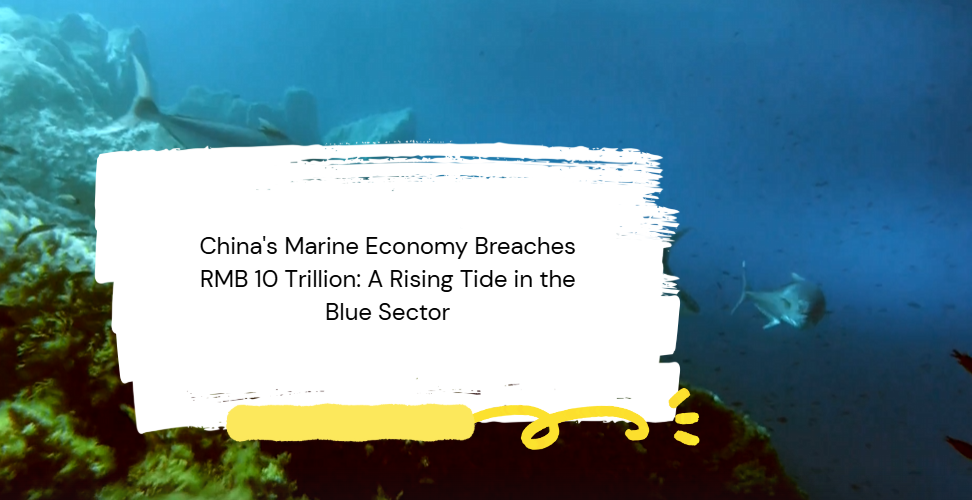






























First, please LoginComment After ~